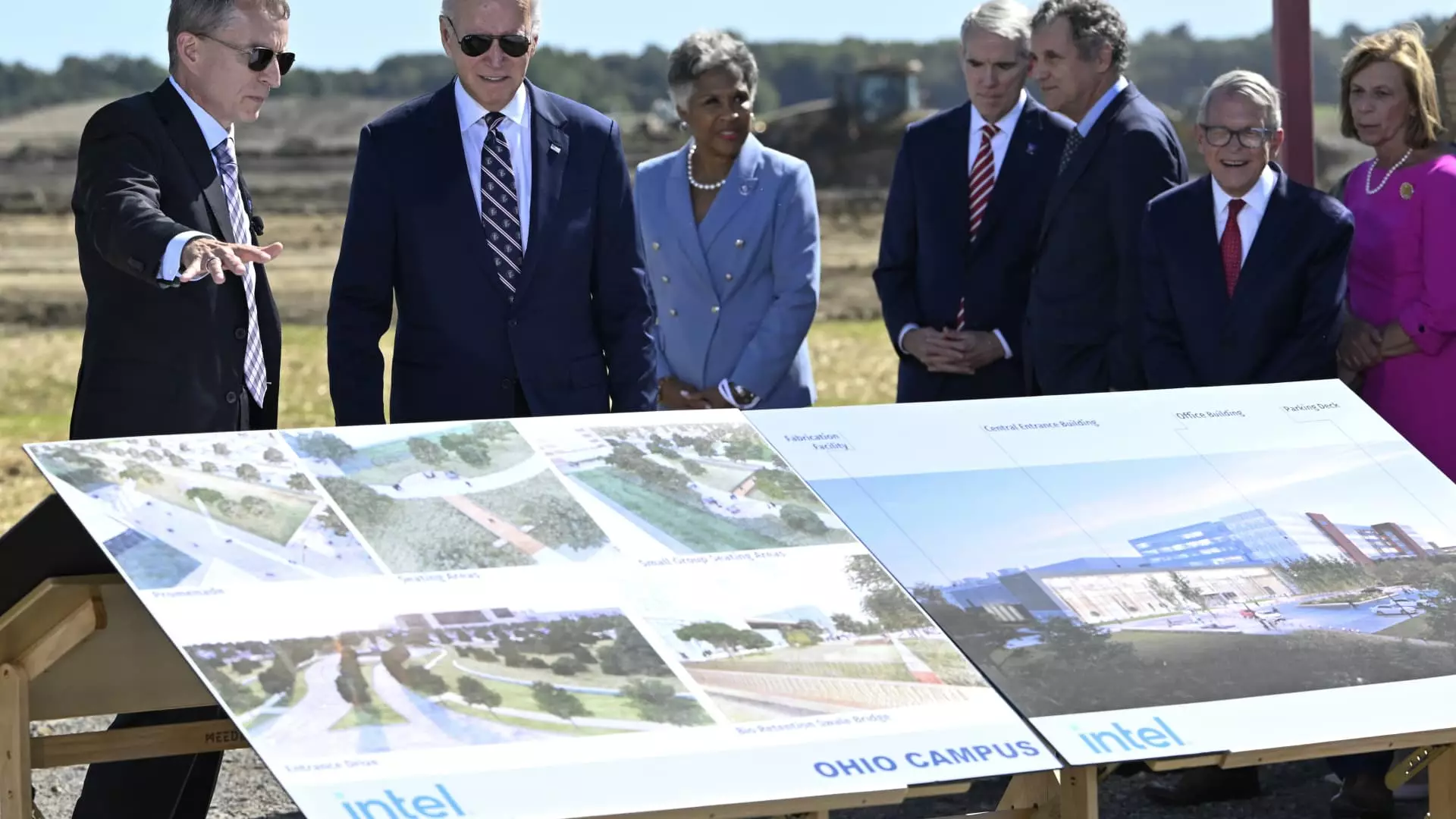Intel Corporation has announced a significant delay in the opening of its highly anticipated chip manufacturing facility in Ohio. Initially set to begin production in 2025, the first plant is now not expected to complete construction until 2030, with operational activities beginning in 2031. This postponement also extends to the second factory within the ambitious $100 billion complex, which is likely to finish construction a year later. As the company navigates this setback, its leadership emphasizes the need to align the timing of production with both corporate strategies and market demands, a comment made by Naga Chandrasekaran, Intel’s Vice President and Global Operations Officer. This strategic pivot signifies a recalibration in response to the ever-shifting dynamics of the semiconductor market.
Intel’s recent challenges reflect broader trends in the semiconductor industry, particularly regarding competition and emerging market needs. Once heralded as the dominant player in the semiconductor domain, Intel has gradually seen its market influence diminish, overtaken in notable capacities by competitors such as AMD and NVIDIA. This decline can be attributed significantly to the company’s slower adaptation to trends like artificial intelligence and cloud computing, sectors that are currently fueling unprecedented demand for advanced chips. As the company repositions itself, it faces the dual challenge of addressing reduced sales while investing heavily in manufacturing capabilities to catch up with competitors who have already established footholds in these burgeoning markets.
Intel has not only faced operational delays but has also grappled with a substantial decline in its stock value, losing over half its worth within the last year. The company’s financial struggles were starkly illuminated in its recent quarterly report, which resulted in a historic drop in stock prices—one of the worst single-day performances seen in the last five decades. Consequently, Intel announced a series of drastic measures including laying off 15% of its workforce, a move that has invoked considerable concern regarding its long-term stability and strategic direction. The recent dismissal of CEO Pat Gelsinger further underscores the urgency within the company to address its ongoing challenges effectively.
Amid these hurdles, Intel remains a significant beneficiary of government initiatives aimed at bolstering domestic semiconductor production, notably the CHIPS and Science Act launched during the Biden administration. The company received an $8 billion grant intended to enhance U.S. manufacturing capabilities. This support represents not just an opportunity for Intel to reinforce its operational foundations but also a responsibility to leverage these funds effectively in a constantly evolving industry landscape.
While Intel’s pursuit of a new manufacturing facility in Ohio signifies ambition towards regaining its standing in the semiconductor sector, the path ahead is filled with challenges that will require strategic foresight, financial prudence, and an unwavering commitment to innovation. How well the company adapts to these challenges will be critical in determining its future trajectory in a competitive and rapidly changing market.

